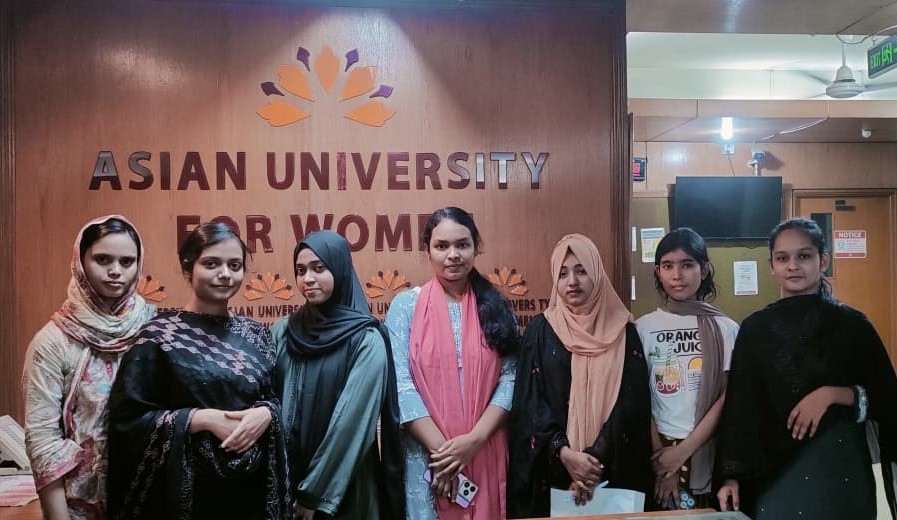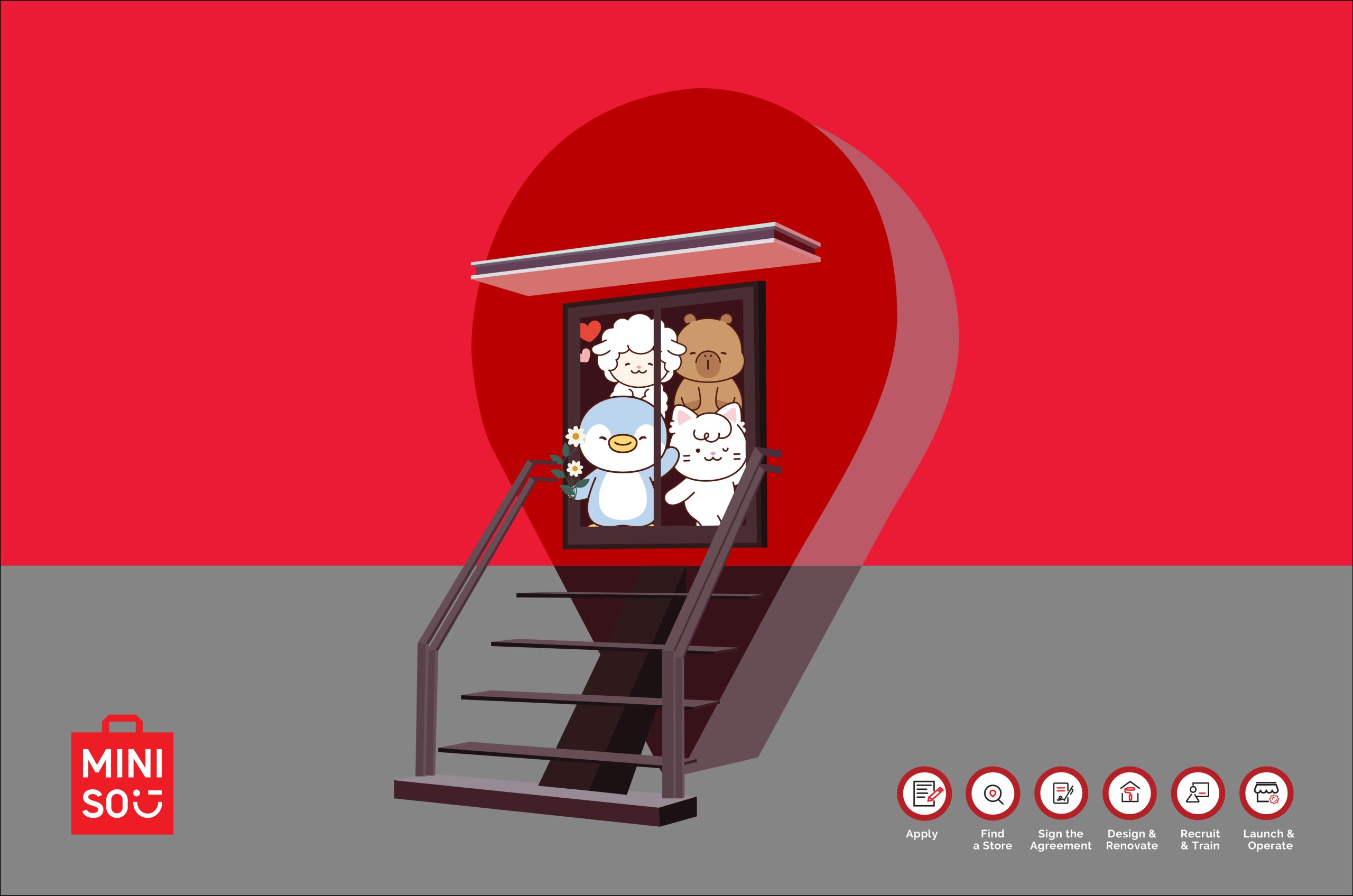Dhaka rose to prominence in the 17th century as both a commercial centre and provincial capital of the Mughal Empire. The city was known as Jahangiraad in commemoration of the Mughal Emperor Jahangir. Medieval Dhaka’s glory peaked in the 17th and 18th centuries when it was home to merchants from across Eurasia. The Mughals decorated the city with well-laid out gardens, tombs, mosques, palaces and forts. The city was once called the Venice of the East.[13] Under the British Empire, the city saw the introduction of electricity, railways, cinemas, Western-style universities and colleges and modern water supply. Over the years, Dhaka has still retained its position as an economic, political and cultural centre of Bangladesh. In Part 2 of this installation, we dive further into Sir Patrick Geddes’s report of how this magnificent hustling bustling city was erected.
Chapter four elaborates on the improvement of quarters along the eastern, northern and southern side, Chawk and Jail area, the road system and last but not the least riverbank development. Interestingly, Buriganga was cited as a wide and affluent river upon which any bridge construction would be troublesome!
The future extension of housing in the new suburbs and central areas of the city are illustrated in chapter five. This section also distinguishes a Muslim residential area around the Shah Saheb’s House and a Hindu residential area around the Dhakeswari Temple. The location of engineering college, hospital and medical school was seriously criticized as their location had been inappropriately chosen ignoring their increasing impact on the city.
Prof. Geddes began the sixth chapter by congratulating the Municipality and its Engineers for developing the wastelands for additional uses. Much emphasis was given in this chapter on the desired esplanade along the Buriganga with shaded trees and seats, the return of the water-based sports like boating and rowing and improving the river landscape with a judicious plantation on the adjacent island (Moglani’r Char, in Buriganga which is not there anymore at present as the river changed its course), improvement of the burial ground, tanks and other open spaces. The Khals (canals) were considered as water parks and their wider potentials were further explained in chapter eight.
In chapter seven, the Revival of industries in order to bring back the lost glory of the city has been analyzed and appreciated as the main hope for economic transformation. The shell industries, fine Muslin, perfumes and other such industries producing luxury goods along with jute, cotton and food industries were identified as some of the great resources of this region. Agriculture, farming, livestock and cattle farming especially focussing on dairy products were also emphasized as he realized Dhaka might have become a town, but it still had the local people from the villages in the vicinity who are more comfortable and experienced in farming. He wanted to use that immense potential.
His concern for the ecology, particularly for the canals and water bodies are really depicted in chapter eight. He dedicated this whole chapter to state the importance of the canals in the city. He noticed the unsanitary condition of Dhaka and observed open defecation, waste and toilets mostly on the canals. He proposed an ingenious idea to collect the waste from the privies along with the water bodies with barges and then carry them to dump yards where it can be used to produce manure or simply be safely disposed of. He also suggested a canal-based trade system, where there will be bazaars at important points of the city along with the city and there must be a connection between the rail network.
Finally, chapter nine, the concluding chapter explains the necessity of an upgraded, centralized sanitation system for a better, hygienic and livable city of Dhaka. It was estimated to take seven years to construct the system with a cost of thirty lakhs Rupees back then which was a huge sum. For a short term solution, he reiterated his suggestion for a canal-based sewer transport system with barges.

The Main Features of the Plan
The main observations from the report can be summarized as below:
- Put emphasis on models and surveys before planning or analysis
- Looked into the city’s transport and traffic in details and prioritizing public transport
- Multimodal transport system for such a compact city including all travel modes
- Utilitarian perception of the canals and water bodies of the city
- Proposal for water parks, esplanade, open spaces while preserving the ecology
- The suggestion of a unique sanitation system
- Improvement of the trades and businesses while taking advantage of the local culture, practices and people.
Sir Patrick Geddes was indeed well ahead of his time and a futurist. His love for ecology, geography and environment is stated in the report. He wholeheartedly wanted to preserve the water bodies of Dhaka. He knew that they would be lost if their utility to the authority is not proposed or suggested. So he extensively planned their use. It is absolutely amazing that he vouched for a multimodal transport system back then. He wanted to connect the rail and waterway with roads while planning for the trade centre and markets for goods. He also had a fair understanding of the local business and production, as a result, he could advise for not ignoring the agriculture-based industries. Furthermore, he predicted the growth of the city and were quite critical of the authorities for hastily planning for the new development which would make the city more congested and compact. It is really unfortunate that none of his recommendations was taken into consideration and implemented. We actually lost all the canals, most of the open space and Dhaka now regularly takes the top spot in the list of unlivable cities.
THE WRITERS
- Fatiha Polin
Head of Research & Development
Perceive Research, Design & Consultancy
Email: fatihapolin@gmail.com - Dhrubo Alam
Transport Planner for Bus Route Rationalization and Company based Operation of Bus Service in Dhaka
Dhaka Transport Coordination Authority
Email: dhrubo101@yahoo.com















